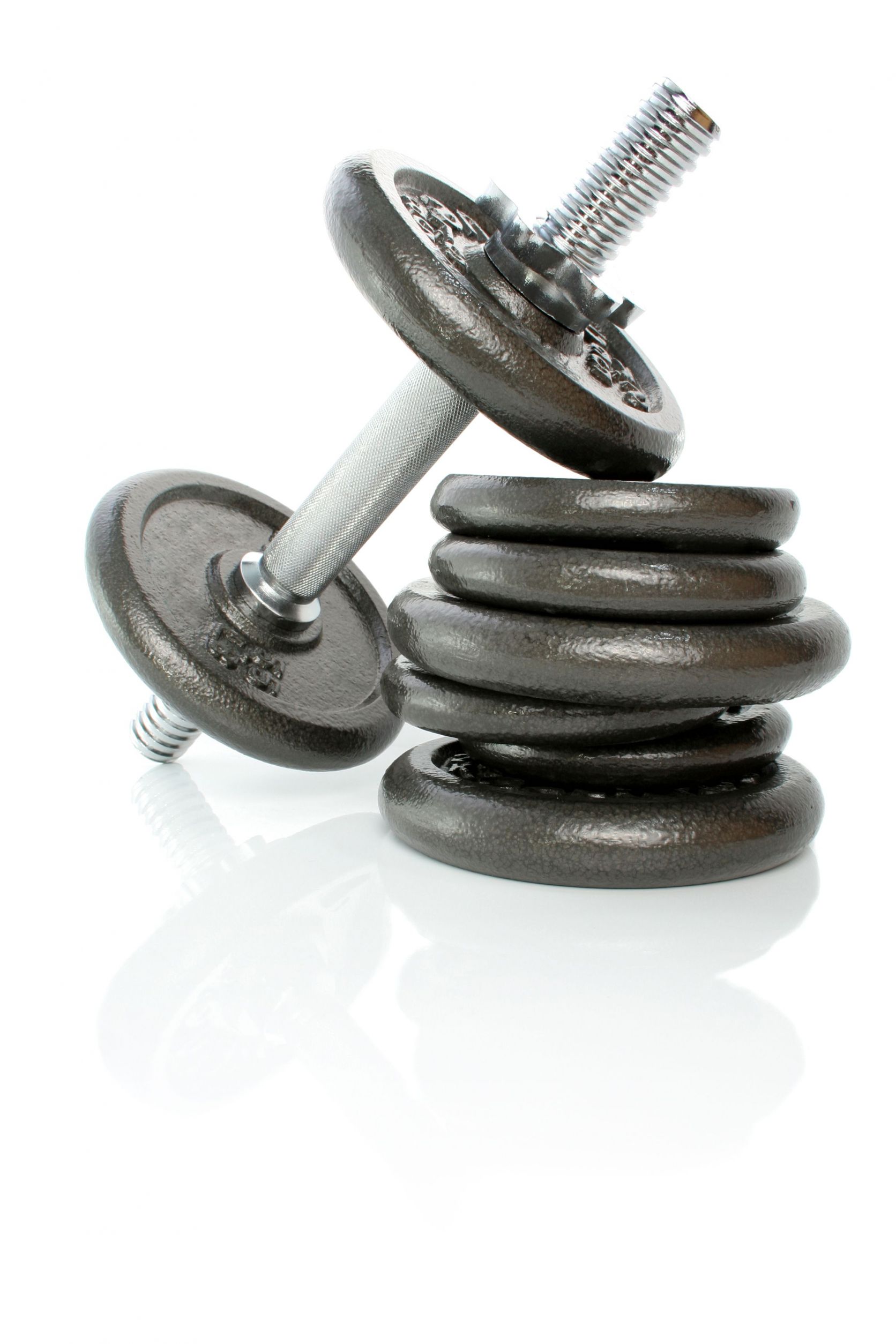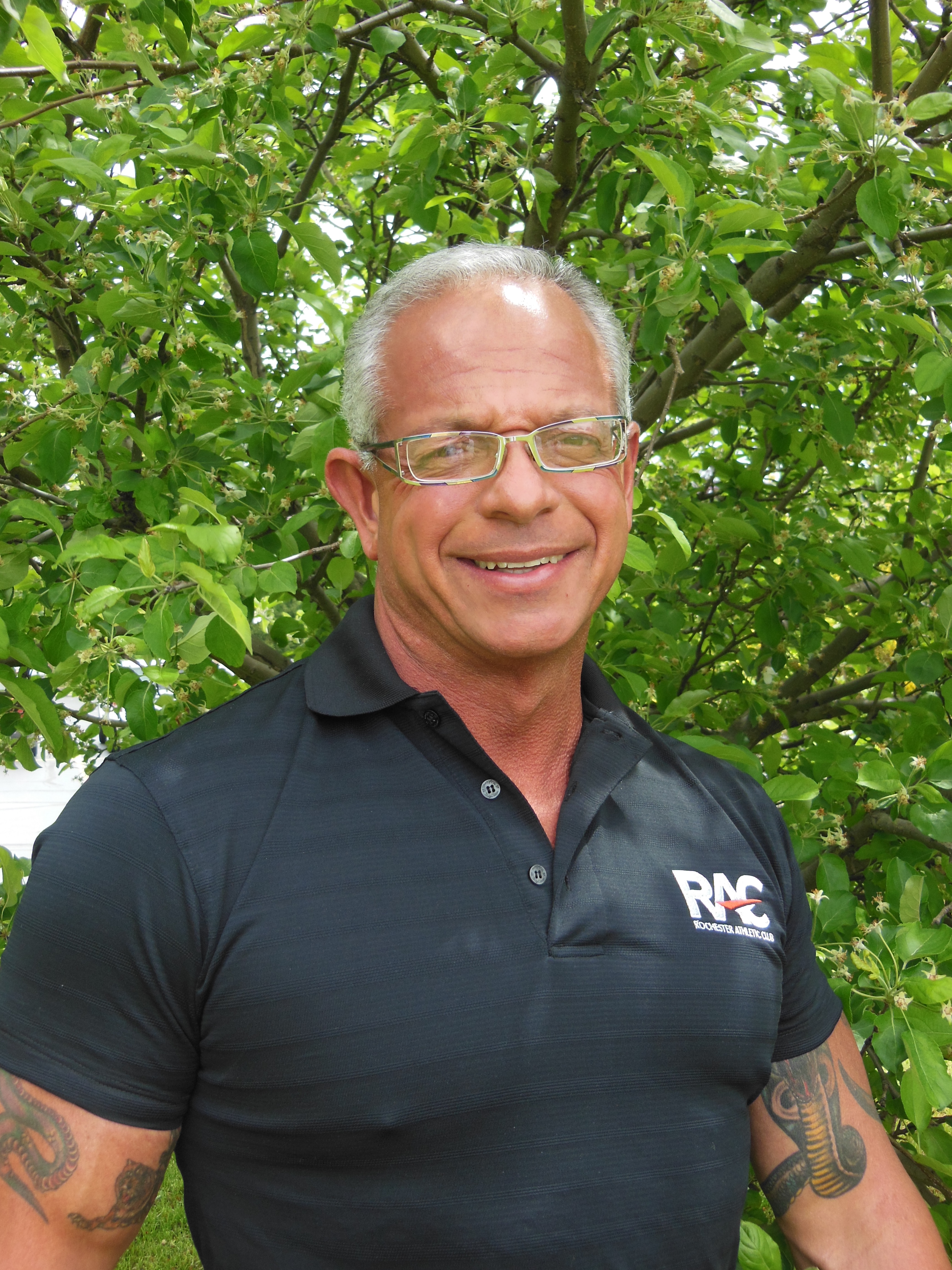Emphasis
The primary muscles stressed in this movement are the muscles in the back of your upper arm (triceps–long and medial head). The secondary muscles stressed are the muscles in your forearms and bicep.
Starting Position
Place your left knee on a flat bench and place your right hand approximately 2 to 2 1/2 feet ahead of your knee. Place your right foot approximately six inches away from the bench. Grab a dumbbell in your left hand with your upper arm parallel to the floor, palms facing your body and your elbow at 90 degrees. Your shoulders should be “square” to the floor.
Movement
Extend your arm back until your elbow is straight. Take two to three seconds to lower the dumbbell down until your elbow is at or slightly past 90 degrees. Continue this movement for the assigned number of movement. Repeat this movement with the left arm.
Training Tips
Keep your elbow in at your sides during the entire movement. As your elbows move away from your body your lats and shoulders will come into play, you will no longer be isolating your triceps.
Keep your upper arm parallel to the floor. If you raise your elbow your shoulder will come into play.
Options
This movement can be performed with your thumbs facing in or out.
This movement can also be performed individually with a dumbbell in each hand.
Warning Tips
Do not lock your elbows in the extended position. Failure to do so can result in injury to your elbows.
Do not raise either shoulder higher than the other shoulder. This will cause excessive stress in your lower back and shoulder.
Do not lower the dumbbell any faster than two to three seconds. Your must stay in control at all times during this movement. The faster you perform this movement, the less control you will have, which in turn will increase your risk of injury.
 Robert Bovee Certified Master PPT, RTS, ETS, FTS
Robert Bovee Certified Master PPT, RTS, ETS, FTS
As one of the most successful Professional Personal Trainers and Exercise/Fitness Therapists in the United States, Robert continues to remain at the forefront of the industry by providing his clients with a thorough education and the tools to implement that education. By improving his client’s physical health, strength, endurance, cardiovascular fitness and nutritional habits, he is able to motivate them to lead longer, happier and more productive lives. Find out more about Robert and his personal training career and services, here.
Guest authors offer experience and educational insights based on their specific area of expertise. These authors are contributing writers for the NFPT blog because they have valuable information to share with NFPT-CPTs and the fitness community at-large. If you are interested in contributing to the NFPT blog as a guest, please send us a note expressing your interest and tell us how you can contribute valuable insights to our readers. We look forward to hearing from you! Send to editor@nfpt.com

